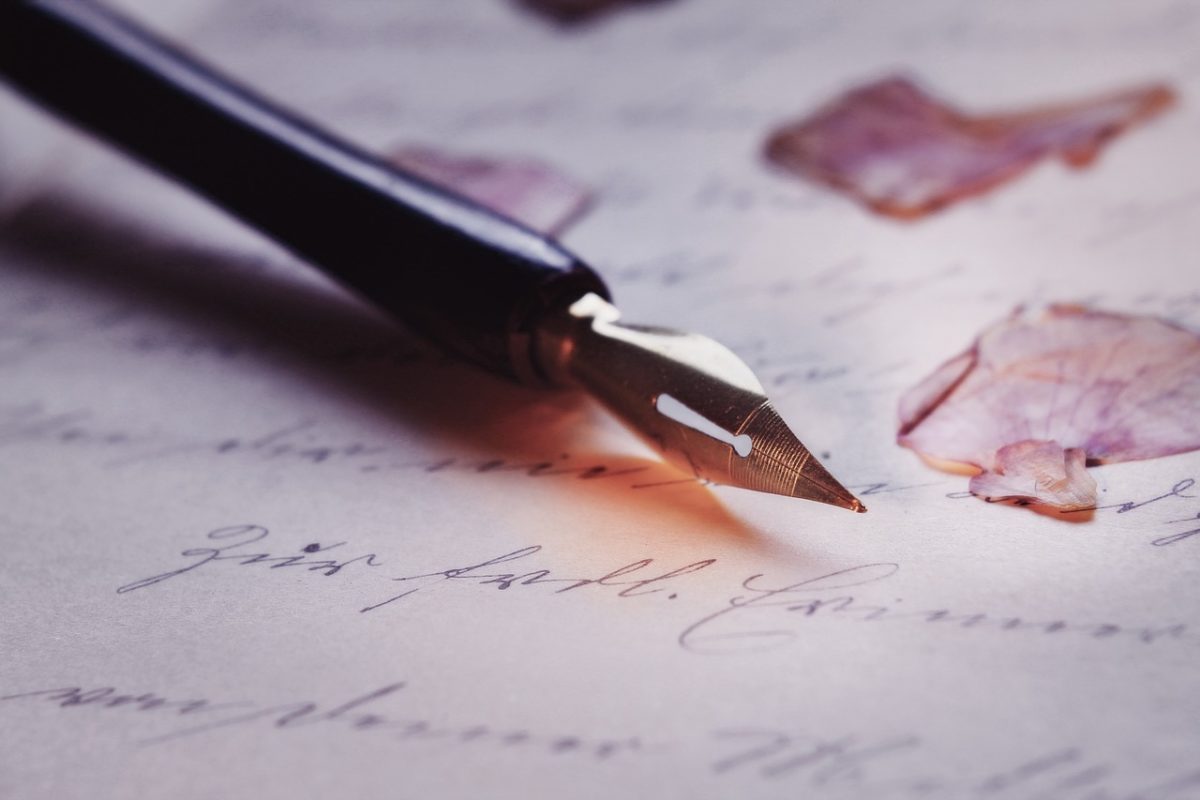You’ve probably heard the terms “story” and “plot” thrown around in writing circles. But what do they really mean? And why should you care? In this post I’ll dive in and unravel this mystery of story vs. plot.
1. The Basics: Defining Story and Plot
Every tale, from the bedtime stories we heard as kids to the blockbuster movies we watch, has both a story and a plot. But they’re not the same thing.
- Story: Think of the story as the big picture. It’s the overall narrative, the journey from start to finish. For instance, in “The Lord of the Rings”, the story is about Frodo’s life journey and his mission to destroy a powerful ring.
- Plot: Now, the plot is all about the details. It’s the sequence of events that make up the story. Using the same example, the plot of “The Lord of the Rings” includes all the challenges Frodo faces, like escaping from creepy Ringwraiths or battling giant spiders.
2. Diving Deeper: The Nuances Between Story and Plot
Let’s get a bit more into the nitty-gritty.
2.1. Emotional vs. Logical Progression
The story tugs at our heartstrings. It’s the emotional journey. Remember Simba in “The Lion King”? His story is about finding his place in the Circle of Life. The plot, on the other hand, is logical. It’s the events: Simba’s exile, his return, and the battle with Scar.
2.3. Chronology vs. Structure
Stories usually flow in a straight line. But plots? They can jump around. Take “Pulp Fiction”, a movie by Quentin Tarantino. The plot hops back and forth in time, but each character’s story is clear and distinct.
3. Why It Matters: The Impact of Story and Plot on Your Writing
So, why all this fuss about story and plot?
- Engagement: A gripping plot keeps readers turning pages. Think of the mysteries by Agatha Christie. You just need to know whodunit. But a deep story, like in “To Kill a Mockingbird”, makes readers care about the characters and their world.
- Flexibility in Narrative Design: When you get the difference between story and plot, you can play around. “Memento” is a great example. The plot’s all jumbled to mirror the main character’s memory issues, but the story of his quest for revenge remains consistent.
4. Common Mistakes and How to Avoid Them
Even the best writers can trip up here. But don’t worry, we’ve got your back.
4.1. Overcomplicating the Plot
Ever read a book and thought, “What’s going on?” That’s an overcooked plot. The essence of the story gets lost. Keep it simple. Think of classic folk tales like “Cinderella”. The plot is straightforward, and the story shines through.
4.2. Neglecting the Emotional Arc
It’s easy to get caught up in action-packed plots. But if readers don’t connect with the story, they won’t stick around. Remember Spider-Man? At its core, it’s a story about a young guy named Peter Parker trying to figure out life. The plot has web-slinging and villain-fighting, but the story is what makes it memorable.
5. Expert Tips to Mastering Story and Plot
Alright, time for some pro tips.
- Balance is Key: Your story and plot should be like peanut butter and jelly, each complementing the other. Look at “Harry Potter”. The story is about a boy finding his place in the world. The plot? It’s full of magical classes, Quidditch, and battles against dark wizards.
- Revisiting and Re-evaluating: Every now and then, step back. Read your work as if you’re the audience. Does the plot overshadow the story? Or vice versa? And hey, feedback from friends or writing groups can be golden.
Conclusion
Understanding the dance between story and plot is a game-changer. It’s like having a secret weapon in your writing toolkit. So, the next time you sit down to write, think about the big picture (your story) and the steps to get there (your plot).
Got a story vs. plot conundrum?
Or maybe a favorite tale that nails both? Drop a comment below. Or check out some other useful guides, like this one from screen craft.
